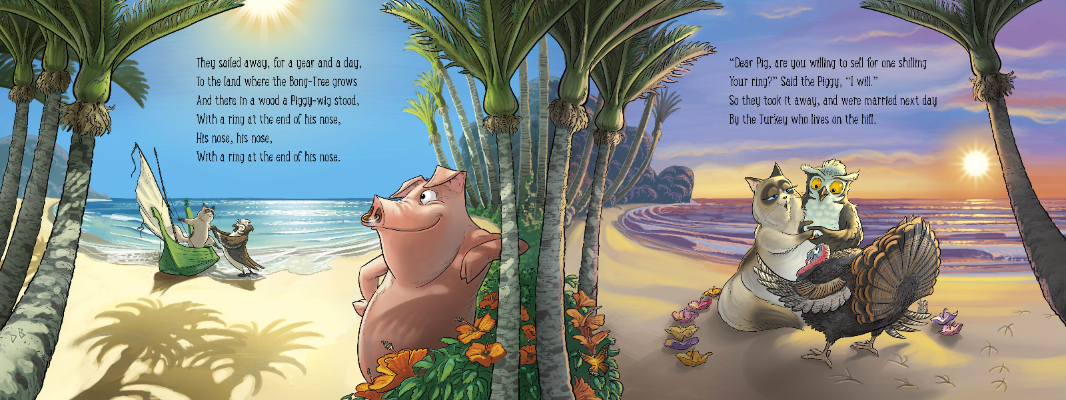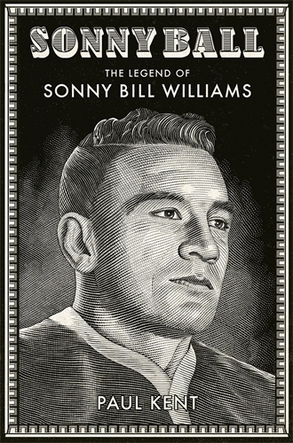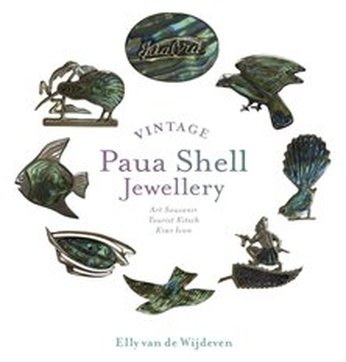
and More Purrfect Nursery Rhymes
Illustrator: Donovan Bixley
Gathering the grandchildren around me, together we read Pussycat Pussycat and More Purrfect Nursery Rhymes, illustrated by Donovan Bixley.
The 4 nursery rhymes included in the volume (Pussycat Pussycat, Three Little Kittens, The Cat and the Fiddle, and The Owl and the Pussycat) are old and very well known – it is the illustrations throughout the book that are the perfect gems.
Each double page has a hidden mouse and butterfly for the children to find and some of them are quite disguised. I was convinced a butterfly was missing but the children found it, cunningly hidden in the garden pattern at Buckingham Palace.
There is so much detail in the illustrations – a key hidden in the pot plant by the door, the Queen’s initials etched on her throne and you can almost see fleas on the laughing dog.
This is not a book for a quick read. It is a book to savour, and to examine the pictures closely. It is a book to share and to interact with the preschoolers it is written for. Each time you read it, you find another little pearl is revealed. The cats in the catalliac are delightful, and the owl dancing with the pussy-cat in the silvery moon makes a lovely and almost believable marriage in the minds of young readers.
Pussycat Pussycat... is suitable for preschoolers and those children learning to read. The four nursery rhymes it includes are ones that transcend all generations.
Read it, share it and enjoy it.
Illustrator: Donovan Bixley
Publisher: Upstart Press
ISBN: 978-1-927262-28-3
Available: bookshops




 RSS Feed
RSS Feed
